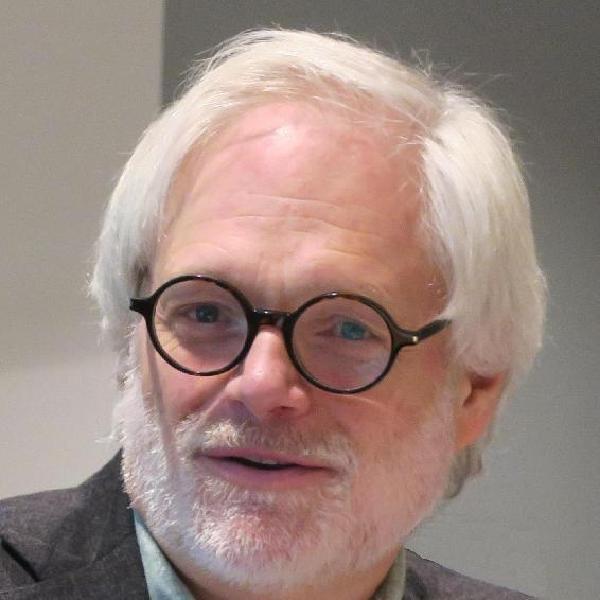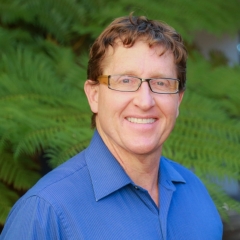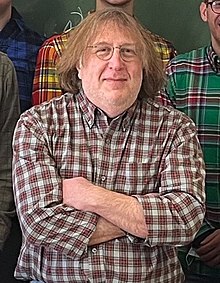|

Instituto de Investigaciones en Materiales, IIM (Materials Research Institute) |
Title The versatility of Physical Vapor Deposition Techniques to obtain novel materials or out-of-equilibrium crystallographic phases
1. A. C. Ferrari, A. Libassi, B. K. Tañer, V. Stolojan, L. M. Brown, S. E. Rodil, B. Kleinsorge and J. Robertson. Physics Review B 62, 11089-11103 (2000). |
|
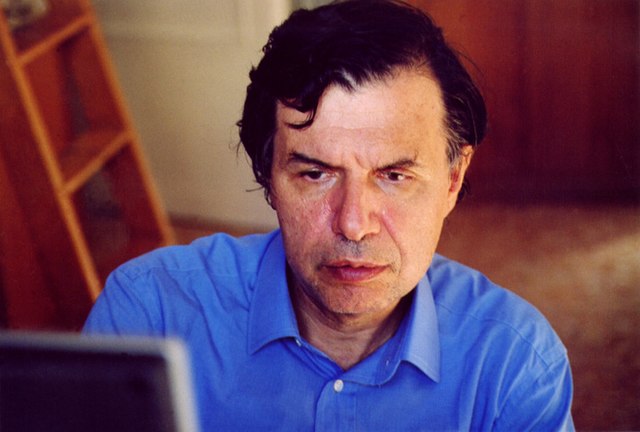
Dipartimento di Fisica, Sapienza Università di Roma Special online talk (the organizing committee recognizes Monica Ledesma's efforts to make this possible)
|
Title Emergent collective behaviour and complexity
I will present my viewpoints on complexity stressing the importance of multiple equilibria; I will then recall the genesis of the concept of multiple equilibria in natural sciences. |
|
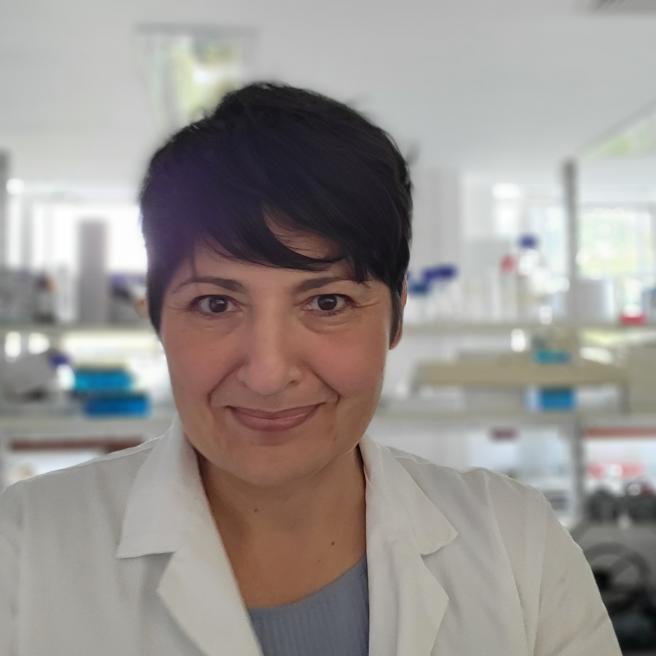
|
Title Biological shapes emerging from physics at the nanoscale
Biological shape is central to many scientific and technological problems. Currently, the properties of complex, adaptive biological shapes and structures are studied diverse fields of biology, medicine, engineering, materials, computer science and biological physics. The shapes of biological tissues emerge from a complex interplay of physics, chemistry and genetics (evolution) that creates structures able to adapt to their environments and allow organisms to survive and process information across temporal and special scales. Shape and mechanical stability of living organisms rely on precise control in time and space of growth, which is achieved by dynamically tuning the mechanical properties of their hierarchically built structures from the nanometer up. In my lab we use one of the main tools of nanotechnology, the atomic force microscope (AFM) to extract the physics underlying the emergence of biological shapes from the nanoscale. It is now well-established that cellular behaviour (including e.g. stem cell differentiation) crucially depends on the mechanical properties of the cells’ environment. Much attention has been directed towards the importance of the stiffness of the natural or artificial matrices where cells grow, with the purpose of either understanding mechanotransduction, or controlling the behaviour of cells in medical applications such as tissue engineering. While stiffness has been the focus of most experimental research, neither cells nor matrices are elastic. Biological systems dissipate energy (i.e. they are viscous), present different time responses at different spatial scales that characterise their responses to external stimuli. Measuring viscoelasticity at the nanoscale has remained experimentally challenging [1,2]. In my talk I will present AFM-based techniques to measure and map the viscoelasticity of living tissues, cells, membranes, collagen, extracellular matrices, and tissue engineering matrices across the spatial and temporal scales, and chirp-based spectroscopic techniques to assess viscoelasticity from Hz to 100s kHz at the nano and micro scale developed in my lab [3]. Our results have uncovered that extracellular matrices of both living plants and tumours present an almost perfect linear viscoelastic behaviour that is key to understand their growth and shape. I will present our work showing how the growth and shape of the roots, leaves and hypocotyl of living Arabidopsis thaliana living plants are related to the nanoscale viscoelasticity of plant cell walls [4] at the time scales probed by multifrequency AFM and how this can be understood using concepts and theories from non-equilibrium thermodynamics. I will also show how this knowledge can be used to create “smart” bioinspired materials, which progressively will harness biological properties, such as adaptation, and eventually learning [5]. . [1] “Multifrequency AFM reveals lipid membrane mechanical properties and the effect of cholesterol in modulating viscoelasticity” 2019. Z Al-Rekabi, S Contera; Proceedings of the National Academy of Sciences 115 (11), 2658-2663. [2] “Mapping nanomechanical properties of live cells using multi-harmonic atomic force microscopy”2011 A Raman, S Trigueros, A Cartagena, APZ Stevenson, M Susilo, E Nauman, S Contera. Nature Nanotechnology 6 (12), 809. [3] “Nanoscale rheology: Dynamic Mechanical Analysis over a broad and continuous frequency range using Photothermal Actuation Atomic Force Microscopy”. Alba Rosa Piacenti, Casey Adam, Nicholas Hawkins, Ryan Wagner, Jacob Seifert, Yukinori Taniguchi, Roger Proksch, Sonia Contera . ACS Macrocomolecules, in press, https://doi.org/10.1021/acs.macromol.3c02052 [4] “Mapping cellular nanoscale viscoelasticity and relaxation times relevant to growth of living Arabidopsis thaliana plants using multifrequency AFM” J Seifert, C Kirchhelle, I Moore, S Contera. Acta Biomaterialia, 2021;121:371-382. [5] “Nano comes to life: How nanotechnology is transforming medicine and the future of biology” Sonia Contera, Princeton University Press 2019. |
|
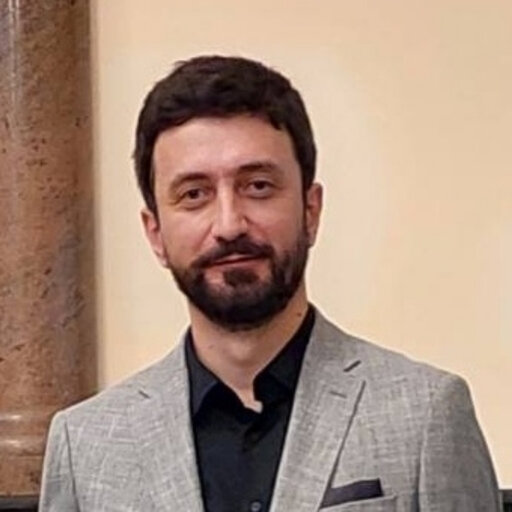
Research Center for Computer Science and Macedonian Academy of Sciences and Arts.
|
Title:
Diffusion and random search in heterogeneous media under stochastic resetting
Abstract:
The theoretical investigation of anomalous dynamics in complex heterogeneous systems is of interest for years. Modeling of random walks and stochastic processes in such complex systems requires interdisciplinary approach due to the different applications in various fields. Various studies of active and passive tracer diffusion in biological cells and in heterogeneous and porous media showed that the underlying structure of the environment has a strong effect on the particle movement, leading to anomalous dynamics due to the constrained particle motion or due to the variation of the local diffusion coefficient and the potential energy function. Moreover, to determine the optimal search strategies in heterogeneous media is central in diverse fields. In particular, random search strategies have been widely observed for animal foraging, in reaction pathway in DNA-binding proteins, in the intracellular transport, etc. Furthermore, it has been shown that the resetting of the searcher to its initial position can improve the search strategy by appropriate optimal resetting rate which results in minimizing the mean first passage time. Such random processes with resetting can be experimentally realized by using holographic optical tweezers or laser traps, and can be also observed in economic models of income dynamics.
Keywords: Heterogeneous diffusion, anomalous diffusion, random search, stochastic resetting
References
[1] A. Pal, V. Stojkoski, and T. Sandev, Random resetting in search problems, to appear in the book “The Target Problem” (Springer Nature, 2024).
[2] P. Jolakoski, A. Pal, T. Sandev, L. Kocarev, R. Metzler, and V. Stojkoski, Chaos Solitons & Fractals 175, 113921 (2023).
[3] P. Trajanovski, P. Jolakoski, K. Zelenkovski, A. Iomin, L. Kocarev, and T. Sandev, Phys. Rev. E 107, 054129 (2023).
[4] T. Sandev, L. Kocarev, R. Metzler, and A. Chechkin, Chaos Solitons & Fractals 156, 112878 (2022).
[5] V. Stojkoski, P. Jolakoski, A. Pal, T. Sandev, L. Kocarev, and R. Metzler, Philos. Trans. Royal Soc. A 380, 20210157 (2022).
[6] T. Sandev, V. Domazetoski, L. Kocarev, R. Metzler, and A. Chechkin, J. Phys. A: Math. Theor. 55, 074003 (2022).
[7] T. Sandev, A. Iomin, and L. Kocarev, Phys. Rev. E 102, 042109 (2020).
[8] V. Domazetoski, A. Masó-Puigdellosas, T. Sandev, V. Méndez, A. Iomin, and L. Kocarev, Phys. Rev. Research 2, 033027 (2020).
|

